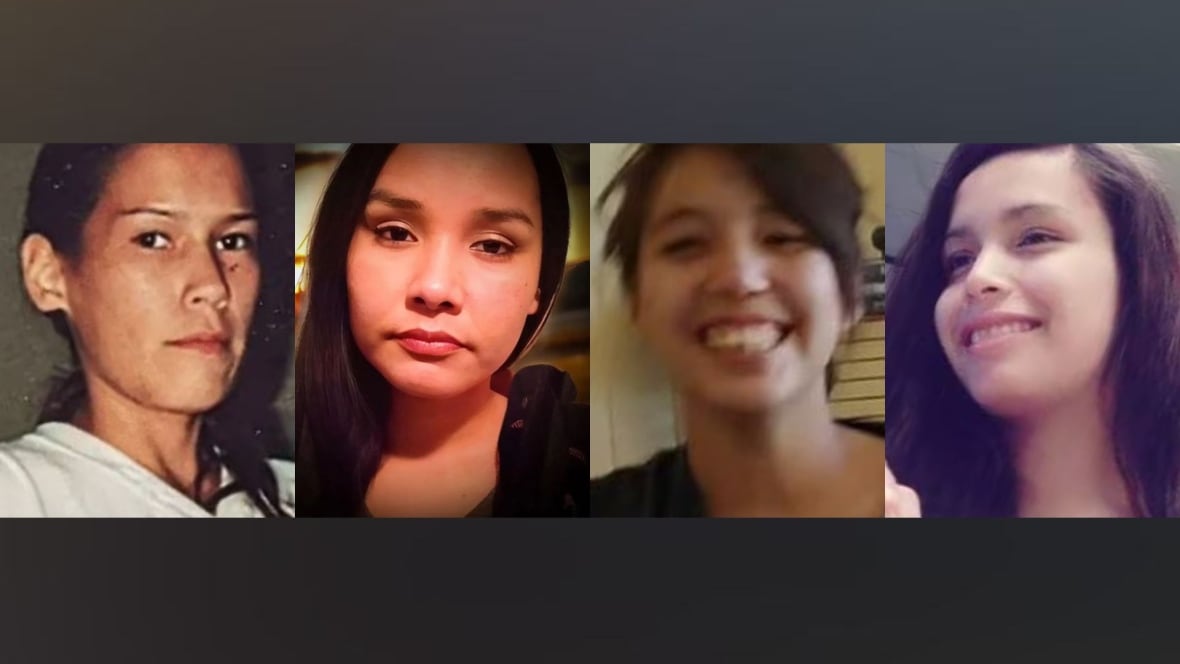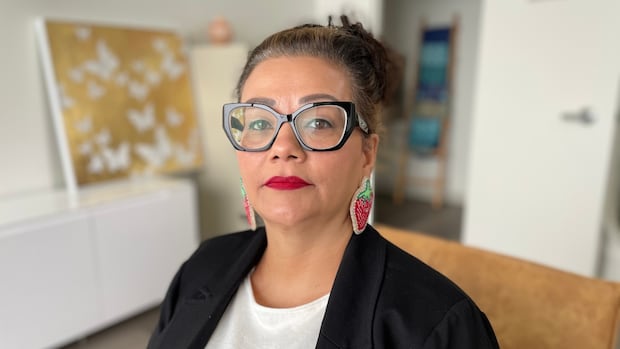As one landfill search ends and another is planned to begin, an MMIWG advocate says countrywide implementation of the Red Dress Alert and addressing “systemic racism” could prevent the agony of such searches ever needing to happen again.
“We know when someone is missing, time is of an essence to locate them and to find them safely,” said Hilda Anderson-Pyrz, a member of Nisichawayasihk Cree Nation in Manitoba and chair of the National Family and Survivors Circle.
Manitoba is in the process of launching the Red Dress Alert pilot project, which will provide a notification to people’s mobile phones when an Indigenous woman, girl, two-spirit or gender diverse person goes missing — similar to how an Amber Alert works.
“They should be looking at the next phase to, alongside the federal government, fully implement the [alert] … and adequately resource it to ensure that it’s long-term and sustainable,” Anderson-Pyrz said.
“We’ll be fighting for those resources, because what the Red Dress Alert means in this country is very powerful for Indigenous women, girls and children.”

But even that’s just the beginning of what needs to be done, said Anderson-Pyrz, who became immersed in the issue of missing and murdered Indigenous women and girls when the body of her sister, Dawn Anderson, was found in November 2011 outside her home in the northern Manitoba town of Leaf Rapids.
Many people who go missing do so because of systems “that continue to deliver services and supports under colonial policies,” Anderson-Pyrz said.
It took two years of advocacy by families before a search for the remains of Morgan Harris and Marcedes Myran in the privately owned Prairie Green landfill, north of Winnipeg, started in December 2024.
Partial remains were discovered in February, and workers remained at the site in an effort to find more, before the search wrapped up on July 9.
Anderson-Pyrz said it shouldn’t have taken so long or required so much effort to make a search finally happen.
“If we hold these systems to account, we wouldn’t be having to fight on the front lines, families wouldn’t have to be advocating on the front lines for the dignity of their loved ones, to bring them home, to honour them in ceremony,” she said. “We need to look at the systemic racism within policing, [because] this is where it’s ultimately stemming from.”
Police have been criticized by Indigenous groups as being too quick to dismiss their concerns, label missing girls as runaways or conduct inadequate investigations.
In Winnipeg, the search focus now shifts to the city-owned Brady Road landfill, where workers will look for the remains of Ashley Shingoose.
Shingoose, who was given the name Mashkode Bizhiki’ikwe, or Buffalo Woman, before she was identified, was one of the four First Nations women killed by Jeremy Skibicki in 2022. He was convicted of four counts of first-degree murder last year.
The partial remains of Rebecca Contois, the other victim of Skibicki, were located at the Brady Road landfill in 2022.
Provincial and municipal governments across the country need to find the political will to drive transformative change, Anderson-Pyrz said.
“Look at this crisis from a prevention lens — how to mitigate the risks associated to Indigenous women, girls and two-spirit and gender-diverse people in Canada, and also to ensure there is policy and legislation and accountability mechanisms … how the justice system holds these perpetrators of violence accountable,” she said.
“There cannot be a two-tier system in Canada — one for Indigenous women, where we’re devalued, and one for the rest of society.”
Anderson-Pyrz said she has “a lot of mixed emotions” when she thinks about the situation that exists for many First Nations people. Progress is being made, but there’s “ongoing violence … rooted in systemic and structural racism,” she said.
“I’m feeling anger, you know, hope and also determination to continue to advocate for accountability mechanisms in Canada.”
